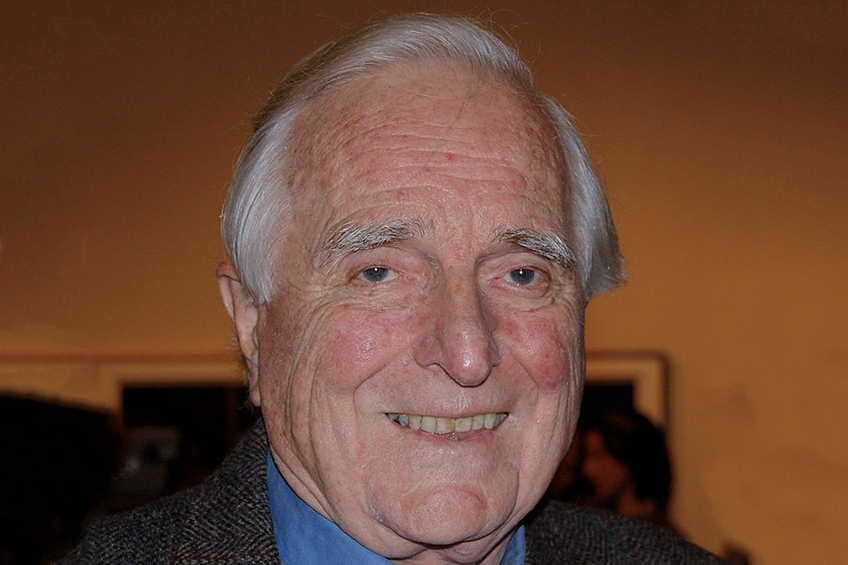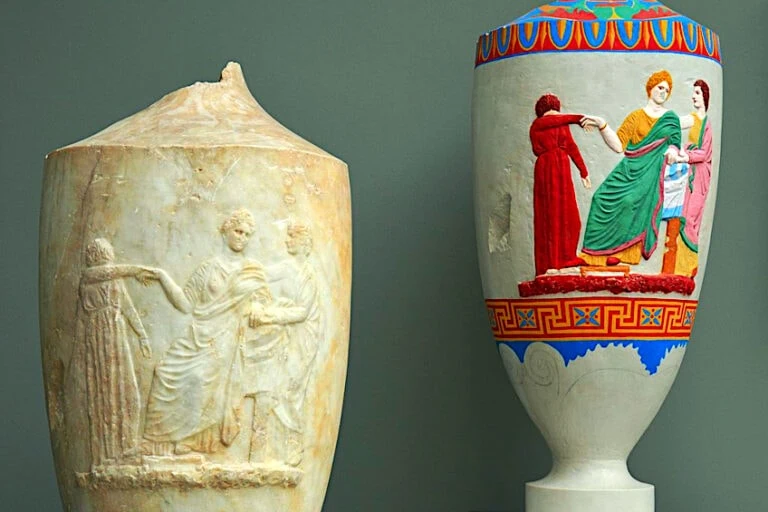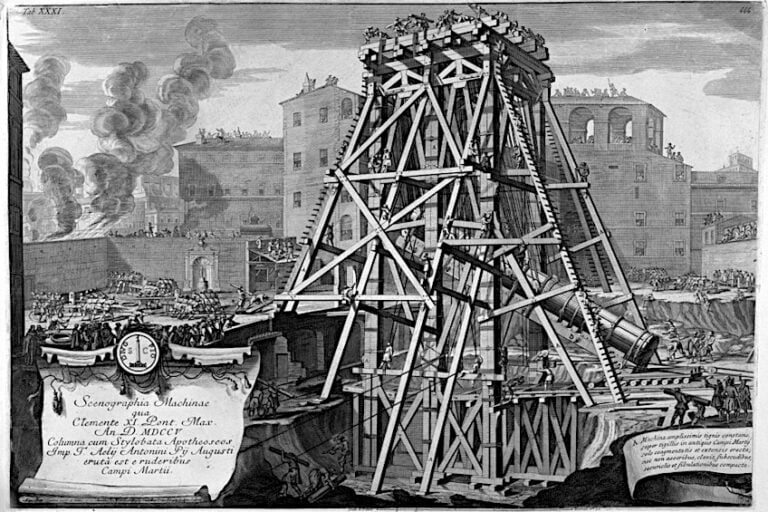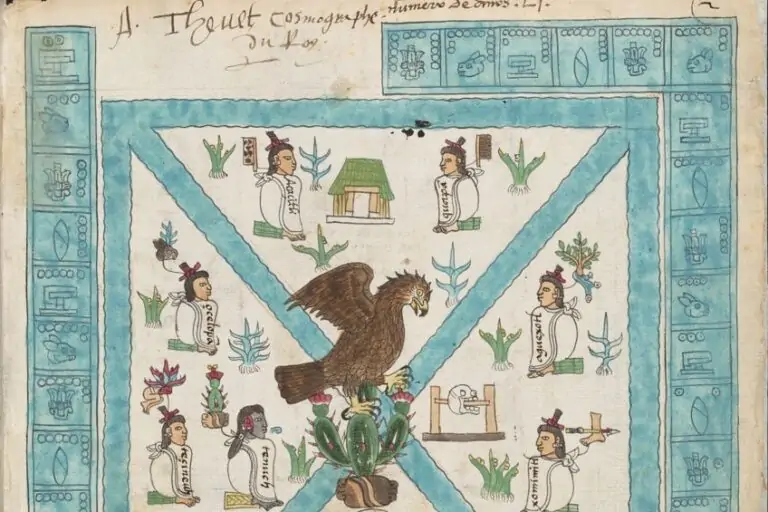Douglas Engelbart – The Inventor of the Computer Mouse
Douglas Engelbart was a U.S. inventor and computer scientist best known for his work in developing the computer mouse.
Facts about Douglas Engelbart
| Date | Event |
|---|---|
| 1925 | Birth of Douglas Engelbart in Portland, Oregon |
| 1952 | Douglas Engelbart graduates from Oregon State University with a bachelor’s degree in electrical engineering |
| 1963 | Presentation of the computer mouse by Douglas Engelbart at the Fall Joint Computer Conference in San Francisco |
| 1971 | Establishment of the Engelbart Foundation by Douglas Engelbart |
| 1988 | Awarding of the National Medal of Technology to Douglas Engelbart by President Ronald Reagan |
| 1997 | Awarding of the Turing Prize to Douglas Engelbart |
| 2013 | Death of Douglas Engelbart at the age of 88 |
- Engelbart was born in Portland, Oregon, in 1925.
- He studied electrical engineering and graduated from Oregon State University with a bachelor’s degree in 1952.
- Engelbart was intrigued by the idea that computers could be used to improve human intelligence and decided to focus on developing computer user interfaces.
- In 1963, Engelbart presented a demo at the Fall Joint Computer Conference in San Francisco, introducing the computer mouse. The mouse became an important component of computer systems and is widely used today.
- Engelbart received numerous awards for his work, including the National Medal of Technology and the Turing Prize.
- Engelbart died in 2013 at the age of 88.
Early Life
Douglas Engelbart was born on January 30, 1925, in Portland, Oregon, the son of Bernice and Carl Engelbart. He had two younger siblings. Engelbart grew up in Portland and attended the city’s school institutions. After graduating from Lincoln High School in 1942, Engelbart began studying electrical engineering at Oregon State University.
During his childhood and adolescence, Engelbart was a gifted student and showed an early interest in technology and science. His parents supported his curiosity and encouraged his academic interests. Engelbart was also active in the school community and participated in various club activities.
After Engelbart graduated with a bachelor’s degree in electrical engineering in 1952, he worked in industry for several years before deciding to pursue a master’s degree in electrical engineering. During his studies, Engelbart developed his interest in using computers to improve human intelligence. This eventually led to his invention of the computer mouse and other important innovations in computer user interfaces.
Career and achievements of Douglas Engelbart
In the 1950s and 1960s, Engelbart worked on several computer user interface projects, including the development of the computer mouse. In 1963, Engelbart presented a demo at the Fall Joint Computer Conference in San Francisco, introducing the computer mouse. The mouse became an important component of computer systems and is widely used today.
In addition to his work on the computer mouse, Engelbart also worked on the development of word processing and hypertext systems. In 1971, he established the Engelbart Foundation, dedicated to promoting innovation in computer user interfaces.
Engelbart received numerous awards for his work, including the National Medal of Technology and the Turing Prize. He died in 2013 at the age of 88. His inventions and innovations have changed the way we use computers and have been instrumental in making computers an important part of modern life.
| Award | Date | Details |
|---|---|---|
| National Medal of Technology | 1988 | Awarding of the National Medal of Technology by President Ronald Reagan to Douglas Engelbart |
| Turing Award | 1997 | Awarding of the Turing Prize to Douglas Engelbart |
His Later Years and Death
In the last years of his life, Engelbart remained active and continued to promote innovations in computer user interfaces. He established the Engelbart Foundation in 1971, dedicated to promoting innovation in computer user interfaces. The foundation remains committed to this goal today, promoting the development of technologies that enhance human potential and foster human collaboration.
Douglas Engelbart died on July 2, 2013, at the age of 88. He was by then a well-known figure in the computer industry and had produced numerous inventions and innovations in computer user interfaces, including the computer mouse.

Alex Handy from Oakland, Nmibia, CC BY-SA 2.0, via Wikimedia Commons
Engelbart has received numerous awards for his work, including the National Medal of Technology and the Turing Prize. His inventions and innovations have changed the way we use computers and have been instrumental in making computers an important part of modern life. His contribution to the development of computer user interfaces will continue to be of great importance in the future.

I am deeply passionate about history and am constantly fascinated by the rich and complex stories of the past. As the editor-in-chief of learning-history.com, I have the opportunity to share this passion with a wide audience through the creation and distribution of engaging and informative content about historical events, persons, and cultures. Whether it’s through writing articles and blog posts or creating videos or podcasts, I strive to bring the past to life in a way that is both accurate and enjoyable. My expertise in history, combined with my strong writing and communication skills, allows me to effectively communicate complex historical concepts and make them accessible and interesting to a wide range of readers. I am truly grateful for the opportunity to share my love of history with others through my work on learning-history.com.






